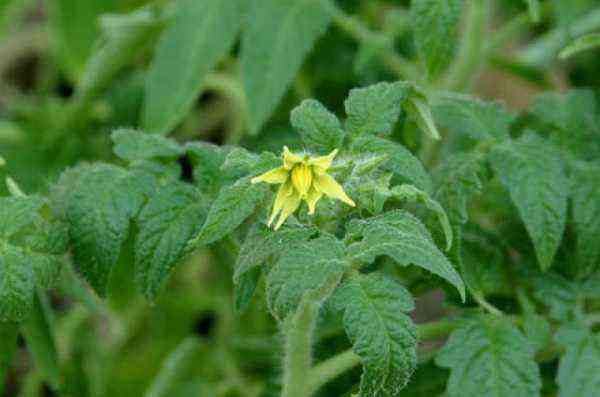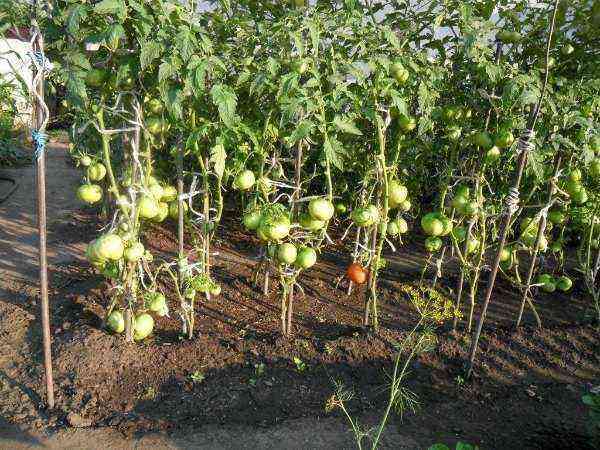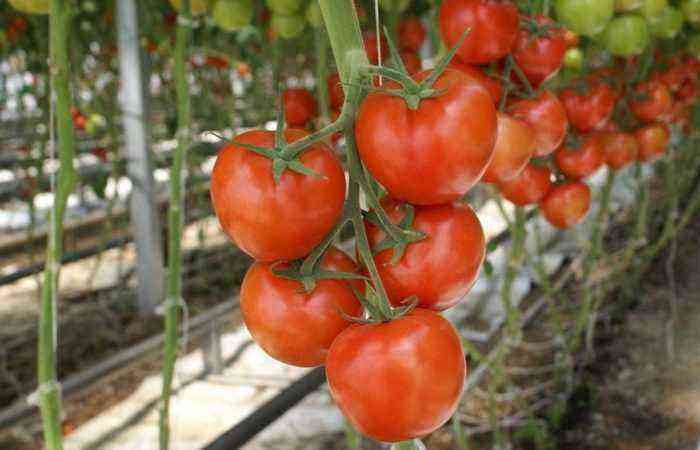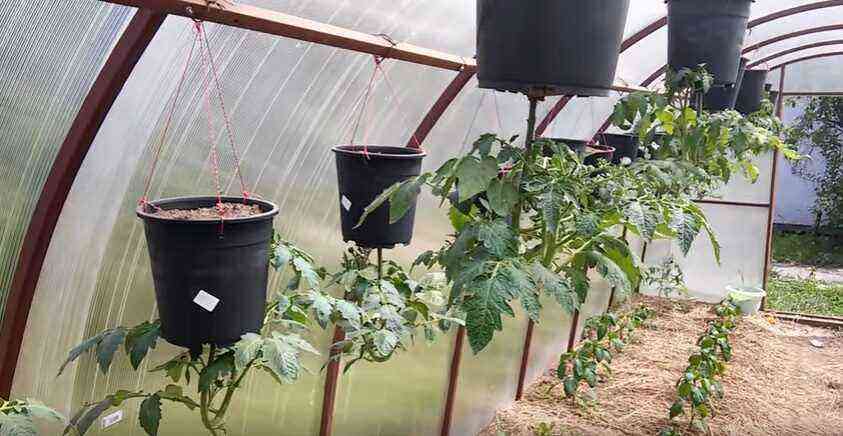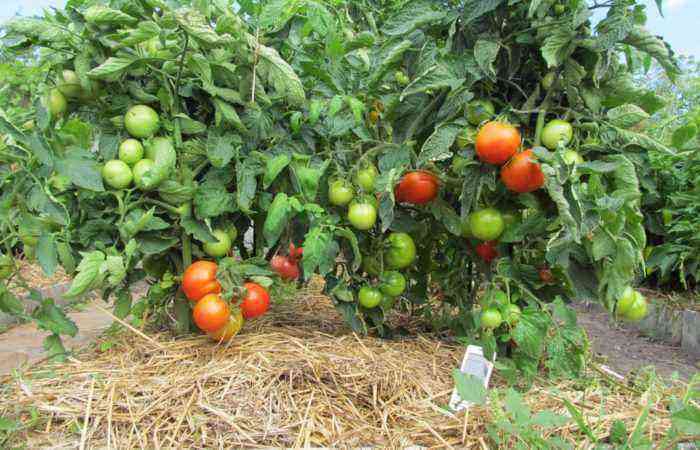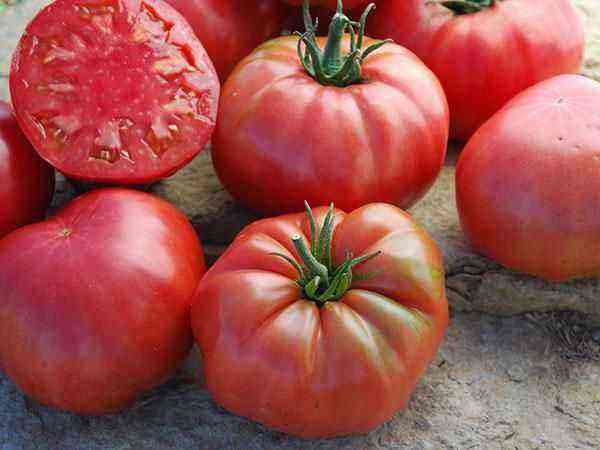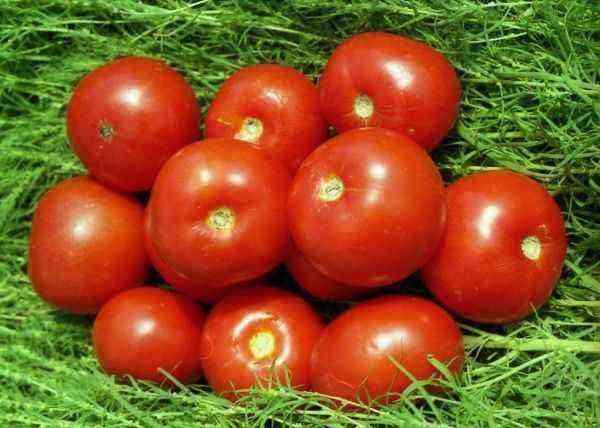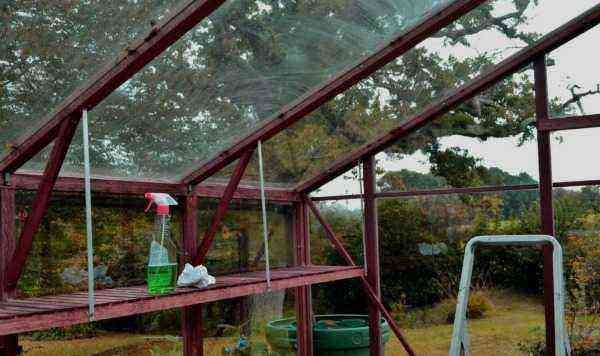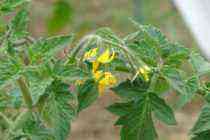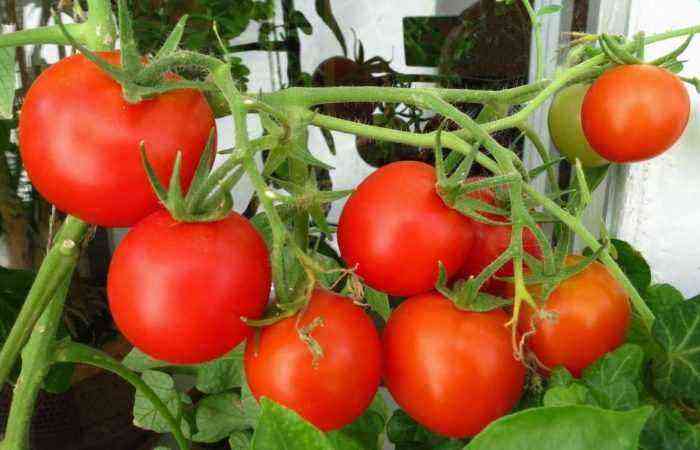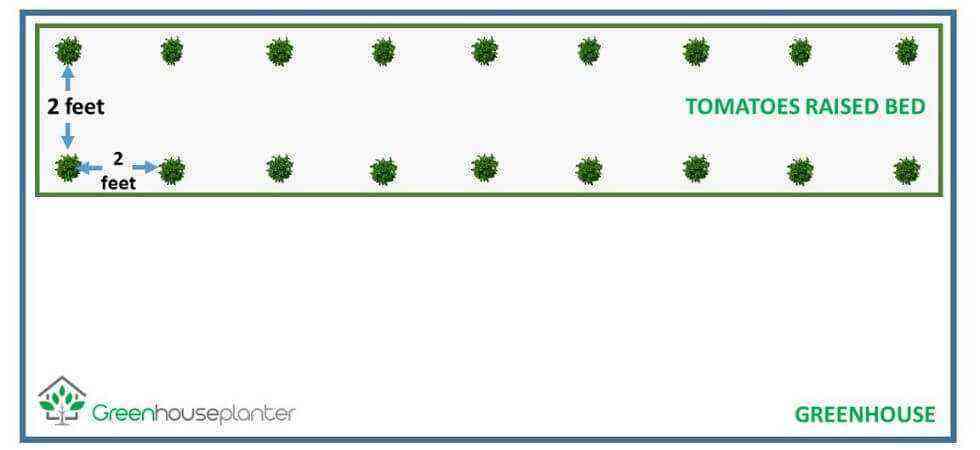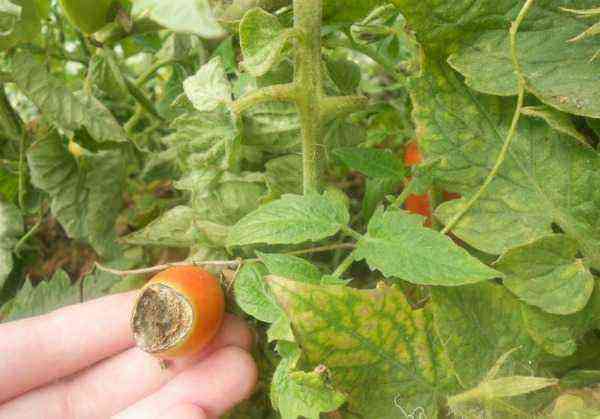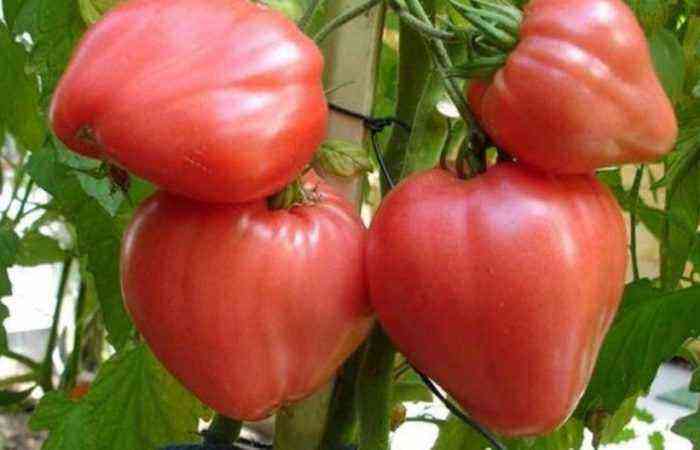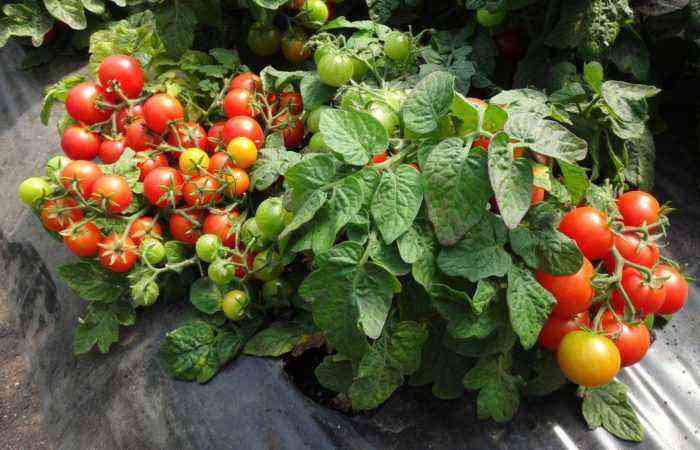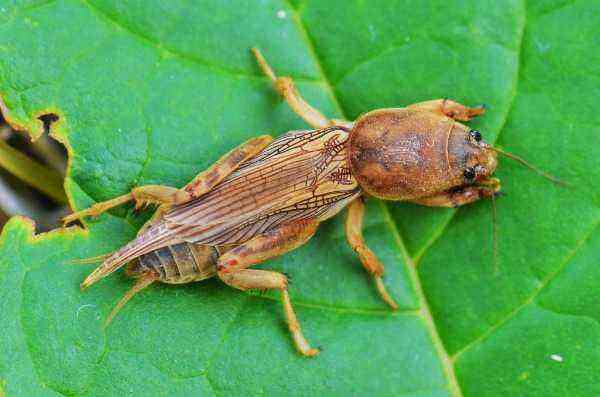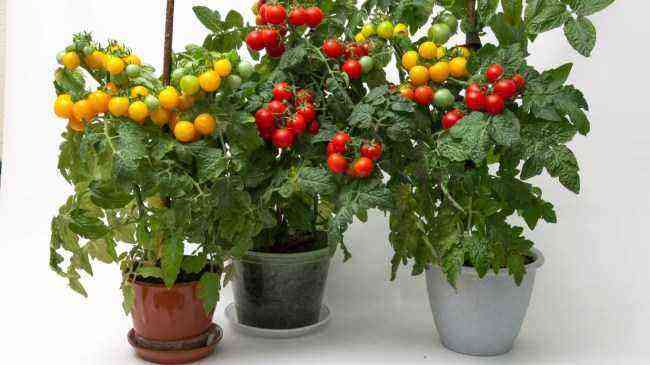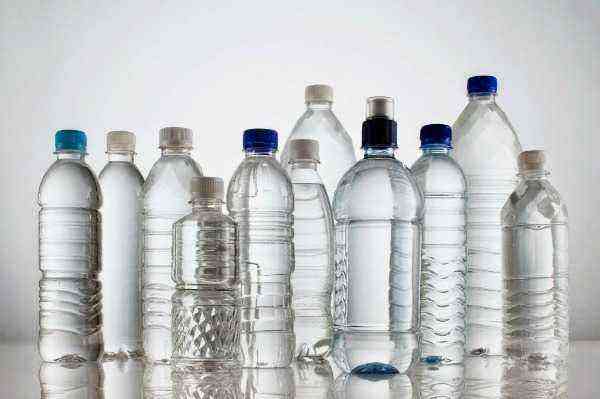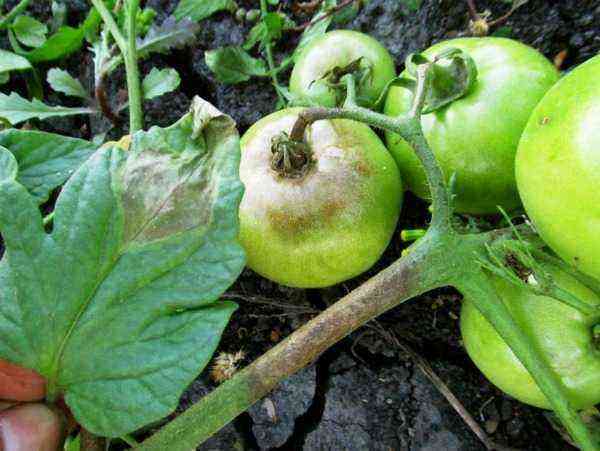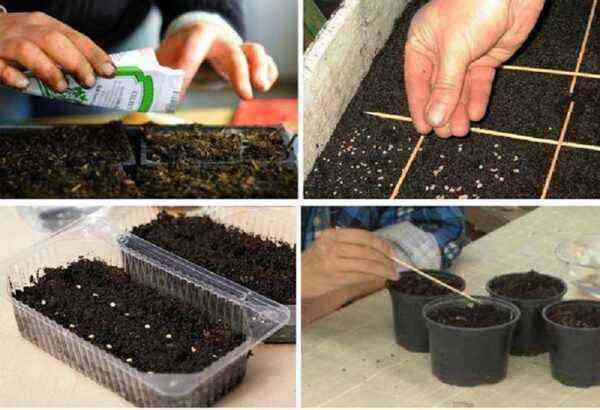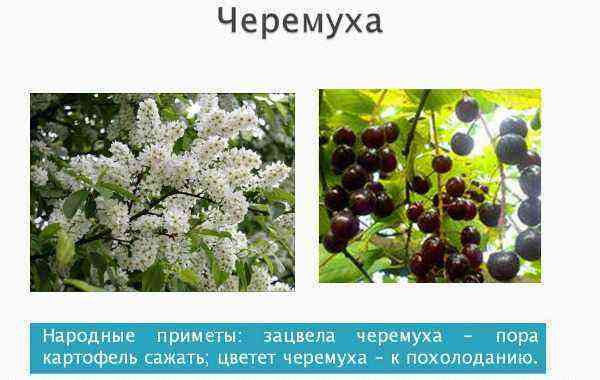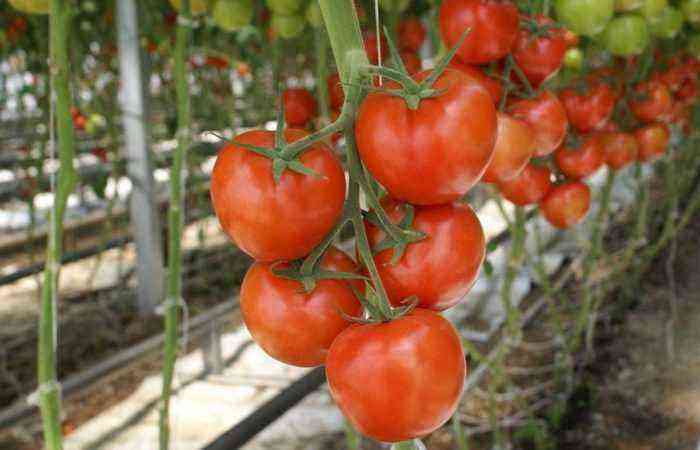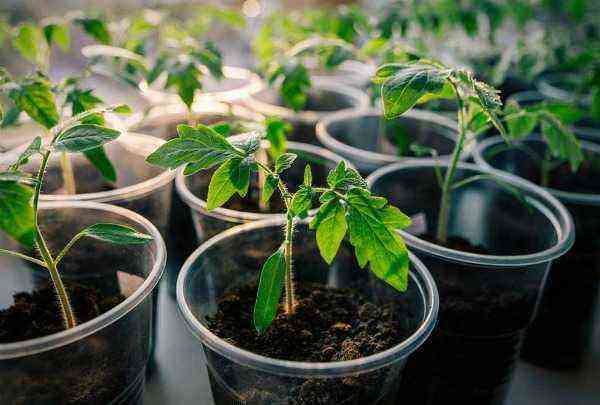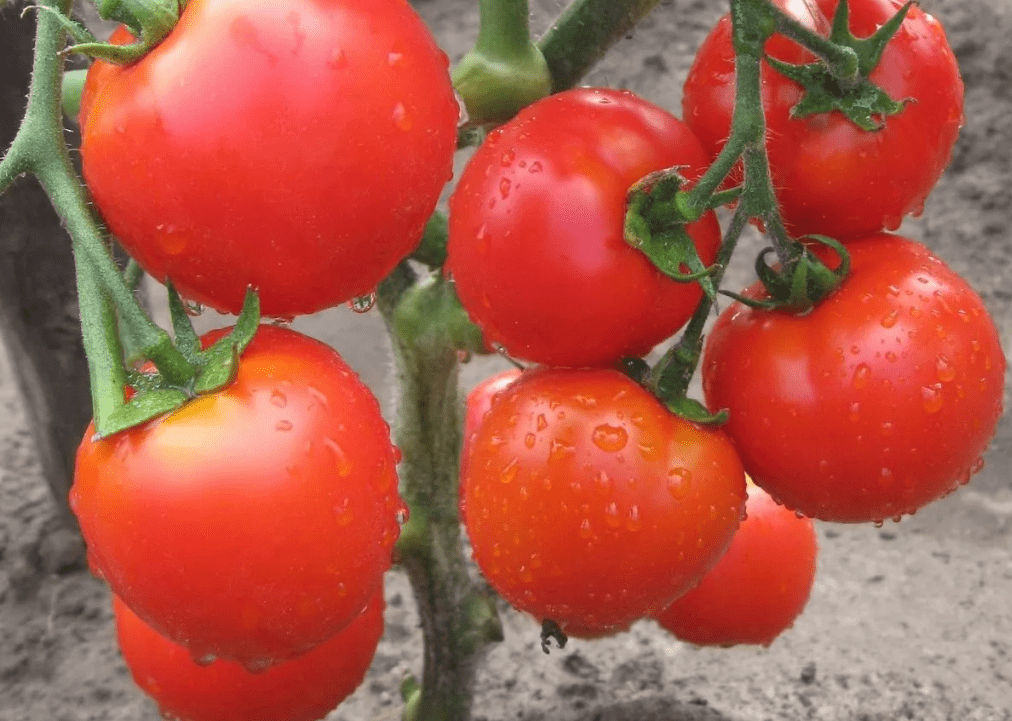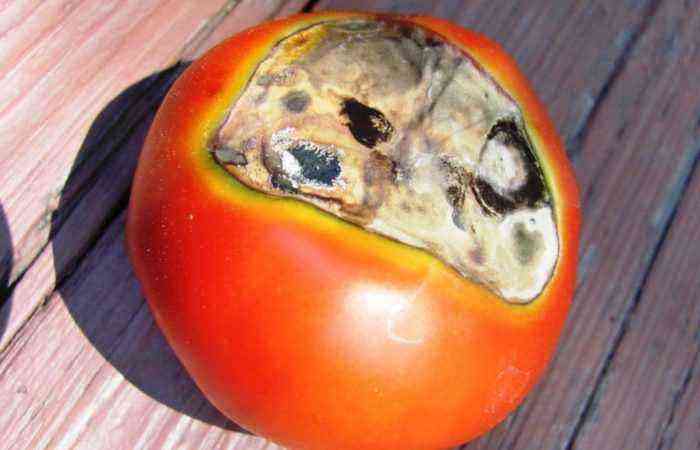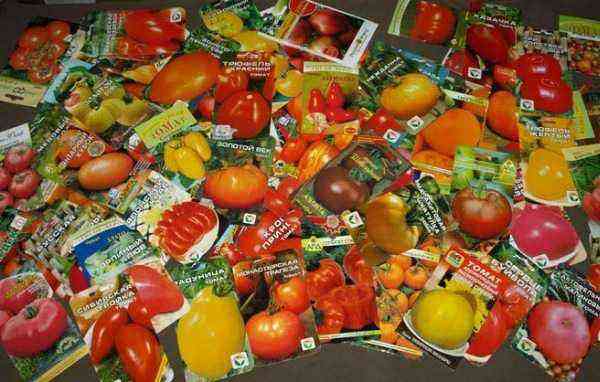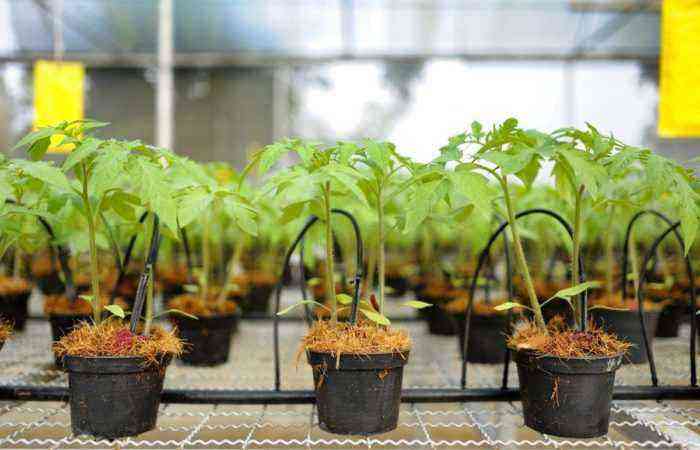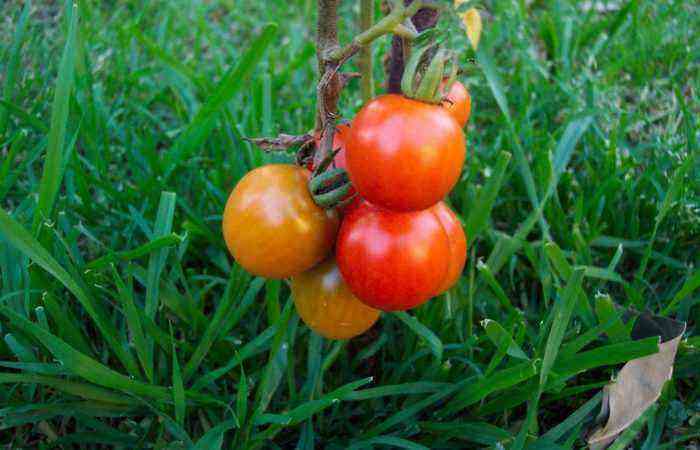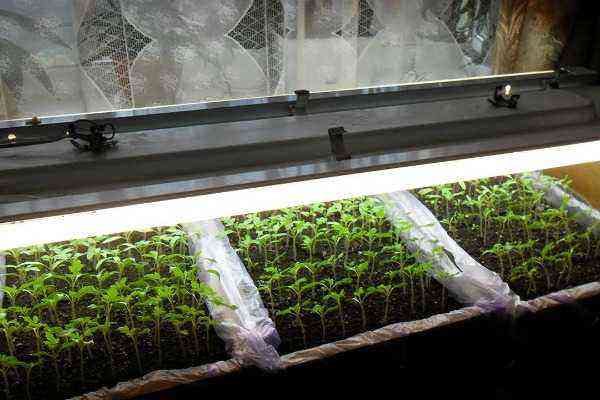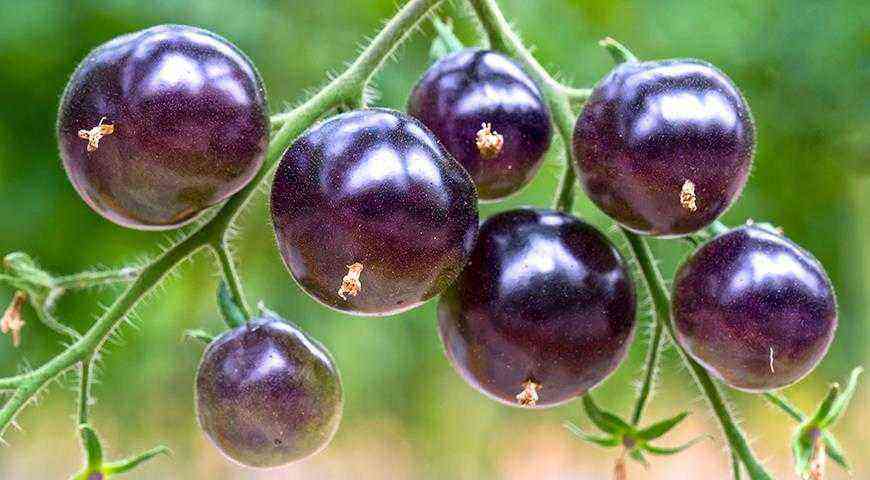The results of the entire summer season directly depend on the quality of tomato seedlings. Only strong plants take root easily after transplantation, quickly grow, do not get sick and give a quality crop. The composition of the soil for seedlings, along with the quality of the seeds themselves and compliance with growing conditions, guarantees the success of the entire next season by 1/3.
A small tomato seed in 2 months should turn into a plant with 3-4 pairs of leaves, a strong trunk and a developed root system. Soil mix nutrients are the only supplier of “building material” for a tomato seedling.
Soil for tomato seedlings – basic requirements
The soil for growing seedlings should provide the germinating seed not only with chemical elements and water. The concept of “soil fertility” includes all the conditions that contribute to the rapid growth of the seedling:
- the presence of all the necessary nutrients;
- humidity mode;
- air permeability;
- soil heat capacity;
- a certain acid-base balance, pH = 6,5 or so.
The soil for growing seedlings must be free from pathogenic microflora, pathogens, pest larvae, weed seeds.[/note
What kind of soil is needed
Ordinary soil from the garden does not meet the fertility criteria, without which it is impossible to grow good quality tomato seedlings – strong and healthy. The structure of ordinary soil from a garden bed is too “rough” for a young seedling and is not sufficiently saturated with useful components. In the first days of growth, the tomato seedling is very sensitive to the conditions in the seedling box.
- To grow seedlings at home, the soil must be not just loose – airy, without lumps. If the mixture has caked or hardened during storage, it is unsuitable for seedlings in this form.
- The soil mixture must contain all the substances necessary for the growth of the seedling, organic and mineral.
- For the successful cultivation of seedlings, active soil microorganisms must be present in the soil, which enter into symbiosis with the germinating seedling and help it feed on organic matter from the soil.
- Conversely, the presence of fungal spores, putrefactive bacteria, insect larvae, weed sprouts is detrimental to tomato seedlings – weakened tomato seeds will not cope with such problems, will not sprout.
- The alkaline environment of the soil mixture should be close to neutral (рН = 6,5…6,7). The acidic or alkaline reaction of the soil negatively affects not only the seedlings of tomatoes themselves. First of all, soil microorganisms die, as a result of which the nutritional conditions of tomatoes worsen – seedlings grow weak even on “fertilizer-rich” soil.
- In the composition of the soil, the presence of toxic substances in no way should be allowed: salts of heavy metals, radionuclides, petroleum products, etc. dangerous substances.
- The heat capacity of the soil directly depends on the ability to retain water. Such soil mixtures not only nourish the seedlings well with soil moisture – they do not heat up so quickly in the heat and slowly cool down when it gets cold. Growth conditions are more comfortable – without sudden temperature changes.
Complying with all the requirements at home is difficult, but quite realistic. To do this, you should familiarize yourself with the components for the preparation of the soil mixture, their purpose and the correct proportions.
Organic soil components for tomatoes – purpose and useful tips for use
For the normal development of seedlings from a hatched grain, nutrition with organic components of the soil mixture is necessary.
The organic component of the soil for seedlings Purpose Recommendations Sod land Gives the soil friability; rich in beneficial soil microorganisms; contains few nutrients. It is recommended to take land under birch trees, in nettle thickets – the effectiveness of such an additive is much higher. Garden land Not so much a source of “nutrition” for seedlings as a way to adapt to growing in a particular garden plot. It is best to take land from the area where you are going to plant tomatoes in a permanent place. Seedlings will completely “get used” to the characteristics of the soil and easily endure transplanting to a permanent place. Humus Nitrogen source Must be completely decomposed – have a crumbly structure. Be sure to sift before use. Compost Free fertilizer from various organic wastes with a high nitrogen content and effective microorganisms Like all organic fertilizers, apply only in a “ripened” crumbly form, preferably last year’s. Peat Mandatory additive to increase the friability of the soil, promotes moisture retention. For deoxidation, chalk or lime must be added.
All of the listed organic components are, to one degree or another, suitable for home-made soil mixtures for seedlings – it all depends on the availability of the resource.
Soil Inorganic Components
The structure of the soil for seedlings, its heat capacity and ability to retain moisture largely depends on inorganic components.
Inorganic filler Purpose Recommendations River sand Baking powder Coarse river sand without inclusions of clay washed well with running water and calcined in the oven Perlite Baking powder, increases the soil’s ability to absorb moisture Sand substitute Hydrogel retains moisture and releases it gradually When growing a small amount of seedlings, hydrogel is added to the soil at the rate of 20 g per 2 liters of soil. An indisputable advantage for summer residents is that seedlings can be watered once a week.
Attention – this is unacceptable
When harvesting the soil mixture, gardeners are concerned about the question: “What to add to the soil for seedlings?” It is very important to solve the second question: “What should not be in the soil for tomatoes?” All efforts will go down the drain if the soil is present:
- weed roots and seeds;
- toxic products;
- insect larvae;
- clay and other binders.
The greatest danger to seedlings (and adult plants as well) is represented by unfermented organic fertilizers – manure, immature humus, etc. During the decay of organic matter, heat is released, which “burns out” young seedlings. The “benefit” of using such “natural” fertilizers is highly questionable.
How to prepare and disinfect soil at home
Self-made soil mixture must be disinfected before use. This is important for a mixture of any origin – fungal spores and rot bacteria cannot be seen.
The simplest and very effective method is to treat the mixture for seedlings with a solution of potassium permanganate. The recipe is very simple, for about 15-20 liters of soil:
- 3 g of potassium permanganate;
- 10 liters of water.
It is good to shed the soil with this solution. Consumption depends on the characteristics of the soil.
Often there are recommendations to “steam” the soil. In the conditions of a city apartment, it is problematic to perform such “steaming”: putting the soil in a closed tank and treating it with steam in a water bath for several hours for disinfection is too laborious an operation.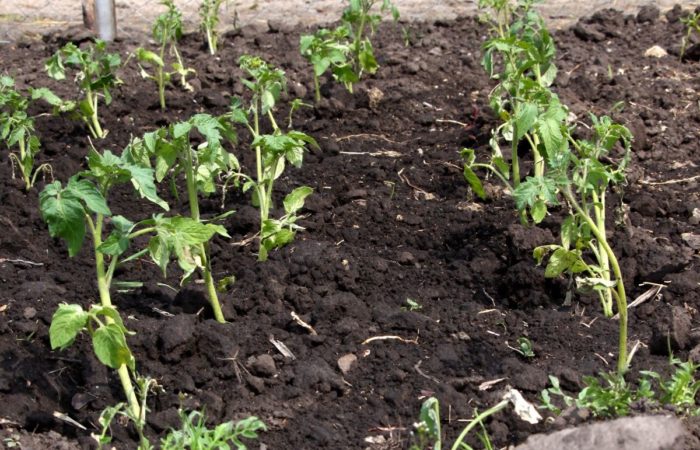
Soil preparation for seedlings – step by step instructions
The preparation of soil components for seedlings should begin in the fall. To obtain a high-quality mixture, sifting is necessary – you will need a sieve with holes of about 1 cm or a metal mesh with a similar mesh size.
- In dry weather, dig up sod and garden soil. Fold separately in a dry place – dry a little and sift through a sieve.
- Wash and dry the sand.
- Prepare organic fertilizers – dry to a loose state and pass through a sieve.
Put everything in separate containers and store in a dry place.
Soil for seedlings of home-made tomatoes – proper preparation of the composition
There are many recipes for preparing soil for growing tomato seedlings. Experienced summer residents usually use mixtures tested in their own garden at home.
The option of preparing a mixture for seedlings is most often determined by the available materials. The recipes presented are not dogma at all.
No. Basic composition Additives, for 1 bucket of water 1
- 1 part of garden land;
- 1 part leafy soil;
- 1 part sand;
- 1 part humus
Dissolve in 10 liters of water and spill the soil:
- 10 g of carbamide (urea);
- 30 g of superphosphate;
- 25 g potassium sulfate.
2
- 1 part of sod land;
- 1 part of peat (can be replaced with purchased soil);
- 1 part sand.
Dissolve in 10 liters of water and spill the soil:
- 2 tbsp. l. superphosphate;
- 1/2 liter jar of ash.
3
- 2 parts of sod land;
- 1 part of humus;
- 1 part river sand
Dissolve in 10 liters of water and spill the soil:
Purchased soil mixtures for tomato seedlings
For gardeners and summer residents, the trading network offers numerous options for ready-made compositions for growing seedlings. They differ not only in the manufacturer – in price, composition of the mixture and purpose.
For a small number of plants, it makes sense to purchase 1-2 bags of ready-made substrate for growing seedlings. It is difficult for inexperienced gardeners (experienced ones too) to understand the table on the package.
Practice has shown that the “universal” soil of a proven brand fully corresponds to the task – growing tomato seedlings.
Approximately, “by eye” it is also possible to evaluate the quality of the purchased soil – loose, not greasy to the touch, without large lumps and permeable. The chemical composition can only be determined in the laboratory.
Useful life hacking
For growing seedlings, an excess of nitrogen fertilizers is contraindicated. So that the seedlings do not stretch out, develop the root system, you can add 10/1 liter of ash for every 2 liters of soil (bucket). This natural fertilizer, even with an overdose, will not be able to bring harm, but the development of seedling roots will provide you.
How to prepare soil for picking seedlings
The mixture for diving tomato seedlings is no fundamentally different.
- The composition of the desired soil should take into account the increased requirements of sprouts for the mineral composition of the soil – compounds of potassium, calcium and other trace elements. The addition of ordinary ash in the amount of 1/2 l per 10 l of soil mixture solves this problem.
- For better root growth, nitrogen supplements and organic matter in general should not be abused. In conditions of lack of nutrition, the root system develops faster.
The main thing when diving is not the composition of the soil, but the observance of an interval of at least 5 cm between plants. The best option is diving into a separate container with a volume of 1 liter.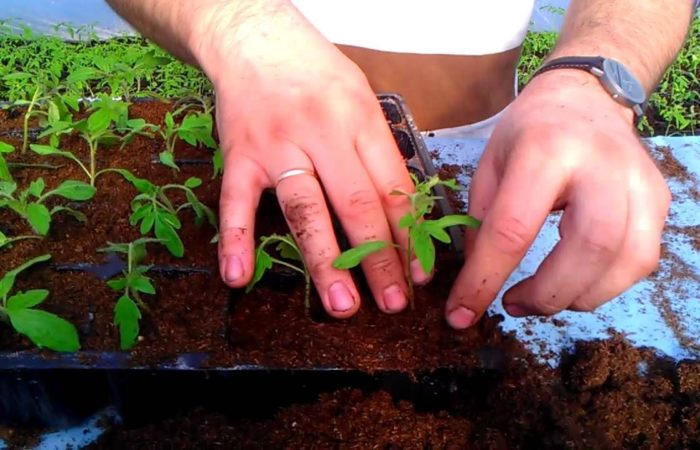
Useful recommendations for preparing soil for seedlings
There are no specific clear rules for preparing soil for seedlings. Long-term practice of experienced gardeners shows that even in such a simple matter there are little tricks.
- Sod land cannot be harvested under willow or oak. A high concentration of tannins adversely affects the development of seedlings. The best choice is to take land in a birch grove.
- It makes sense to take garden land only from your site – seedlings from the first days of life should get used to the peculiarities of the composition of the soil.
- Harvesting the soil mixture from autumn is necessary not only in order to save time in the spring, during the winter the composition of the soil is averaged. Soil containers freeze – it is highly likely that pests and pathogens will die.
- If it was not possible to prepare in the fall, the mixture should be prepared a few days before sowing, so that the soil has time to settle and the water does not wash out the voids during irrigation.
Harvesting, sifting, freezing makes sense only for a large number of seedlings. The undeniable advantages of self-prepared soil mixtures give a predictable result – strong seedlings and friendly seedlings.

